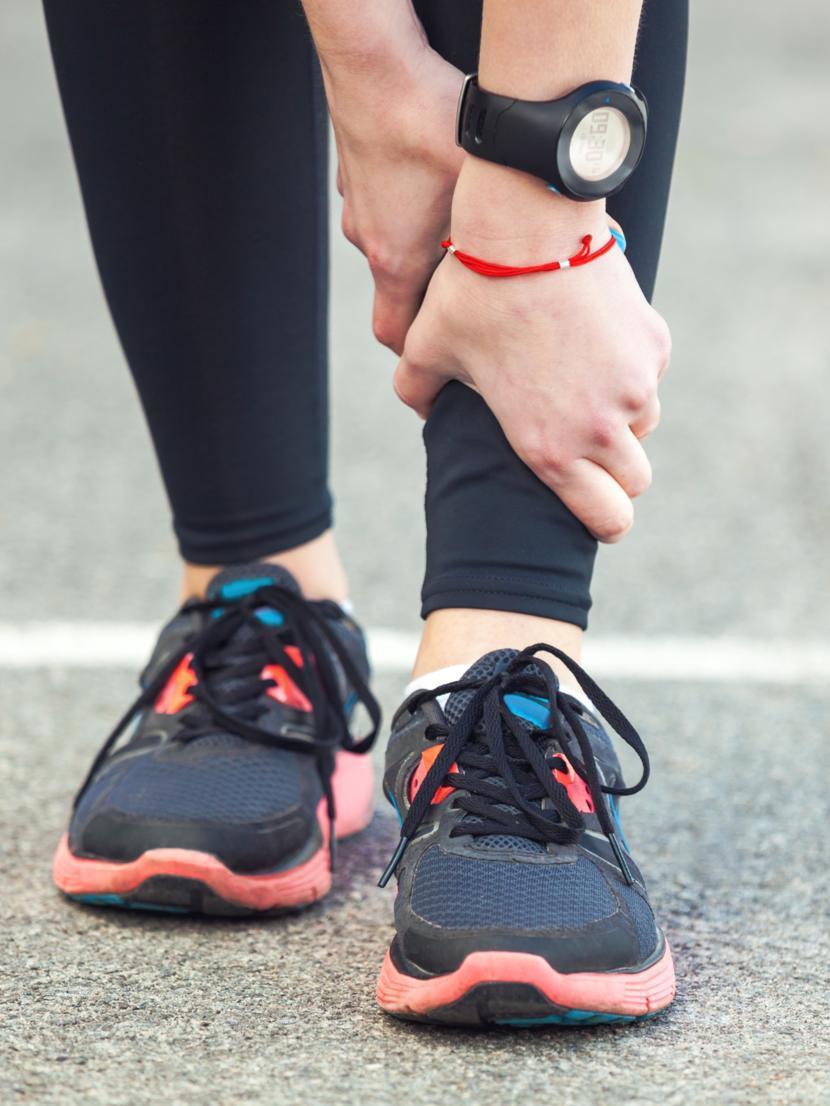How Long Can Shin Splints Last?

Shin splints are a common condition that affects athletes and those who involve themselves in high-intensity sports and in sports like basketball, soccer, and tennis. Shin splints cause a very severe pain on the inner aspect of the shin bone at the beginning or at the end of each exercise. It is a very painful condition that can be easily resolved by active resting.
If you have shin splints, you can take various measures to reduce the pain and get completely cured. Physical therapy will benefit you in the process of healing. It reduces the pain, strengthens and improves the mobility of the tibialis anterior muscle, and also allows you to get back to your full functional mobility. There are several other therapies available for shin splints such as strengthening exercises for the shin and ankle, application of kinesiology tape, and stretching of the anterior tibial muscle. Your physical therapist will decide the best treatment plan for you.
Healing of Shin Splints
A common question that most of the athletes affected with shin splints ask is “When will I be able to get back to my normal routine of running?" or “When will this stop hurting?” With the right treatment, your shin splints can be cured and you can return to your normal routine in a very short period of time.
In order to know how long the shin splints will last, it helps to understand how our body heals. An inflammation is a body’s reaction to an injury aiming to heal the area and return to its normal function.
When you injure yourself, inflammatory cells come to the area of damage and certain chemical reactions take place. These chemical reactions cause severe pain. This is the first stage of an inflammatory process and it lasts for about three to seven days.
The following three to four weeks will help your anterior tibialis muscle to heal and return to its normal activity. Special cells come to the damaged area and begin to lay down collagen and tendon tissue.
The third or the final stage of the inflammatory process is known as the remodelling phase, where the laid down collagen tissues undergo stretching and strengthening to be able to bear up the future forces and stressors that it may have to face. This phase will roughly take about two to four weeks.
In the end, for this entire inflammatory process to complete, it will take a total of about seven to nine weeks to be completely cured. Most cases of shin splints may take about seven to nine weeks, but sometimes, it can be lesser or sometimes longer.
Why would it take a longer time to heal in some cases of shin splints?
If you return to your normal routine of exercises before you are completely healed or if you do not take adequate rest giving your body enough time to heal, then shin splints can sometimes last longer than eight to nine weeks. Therefore, make sure that you rest well and allow your body to heal on its own. Failing to do so will only aggravate the condition and keep you away from sports for an even longer time.
Shin splints are not easy to deal with. It is difficult to treat, so listen to your physical therapist and do as he/she recommends. Expect to deal with your shin splints for about two months.













